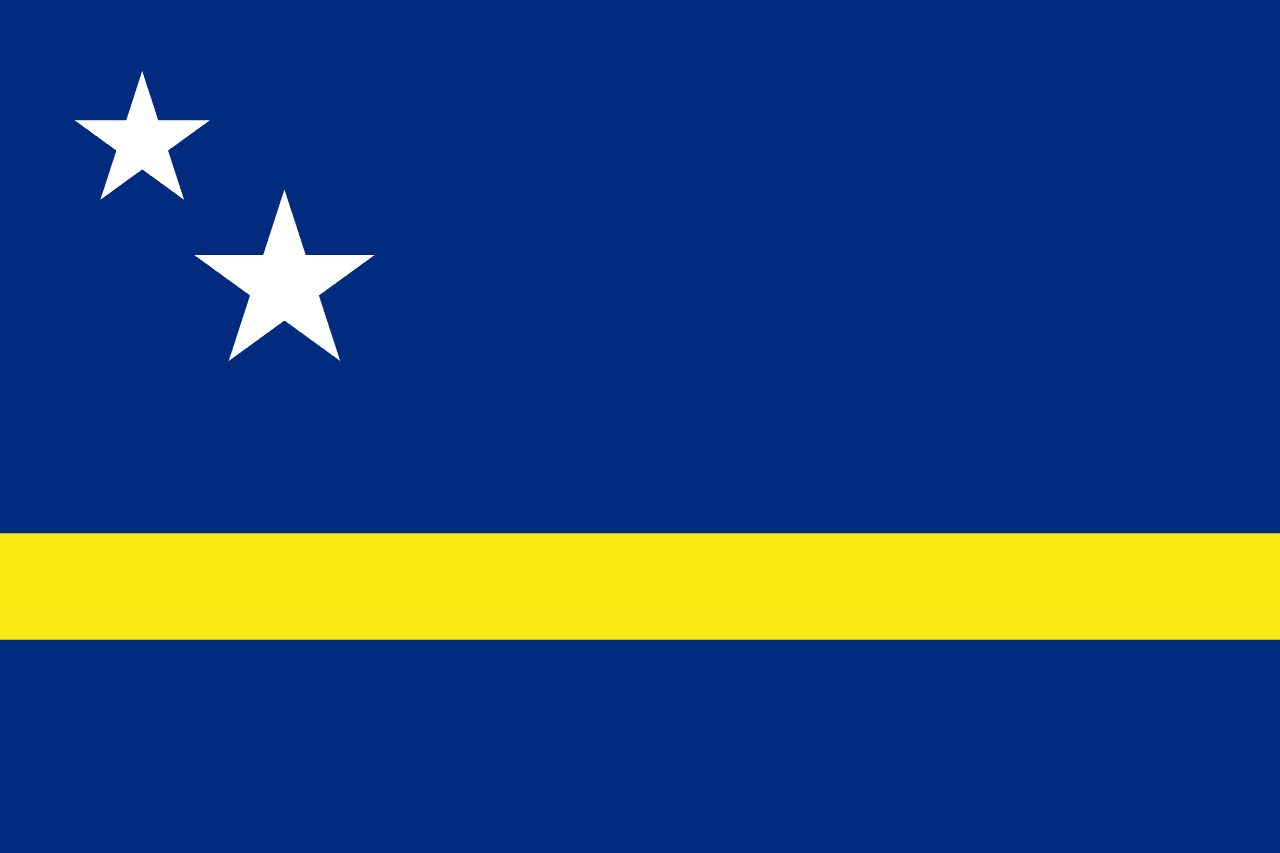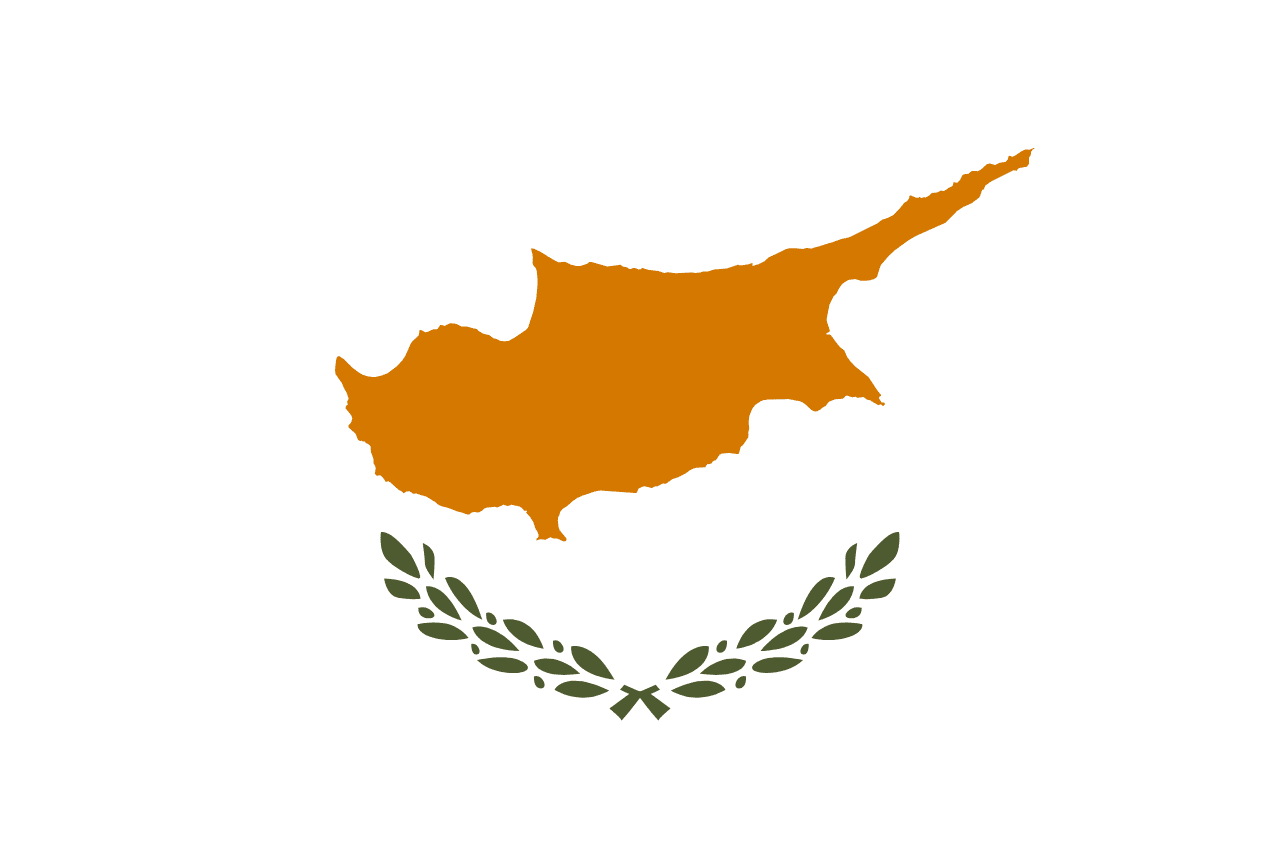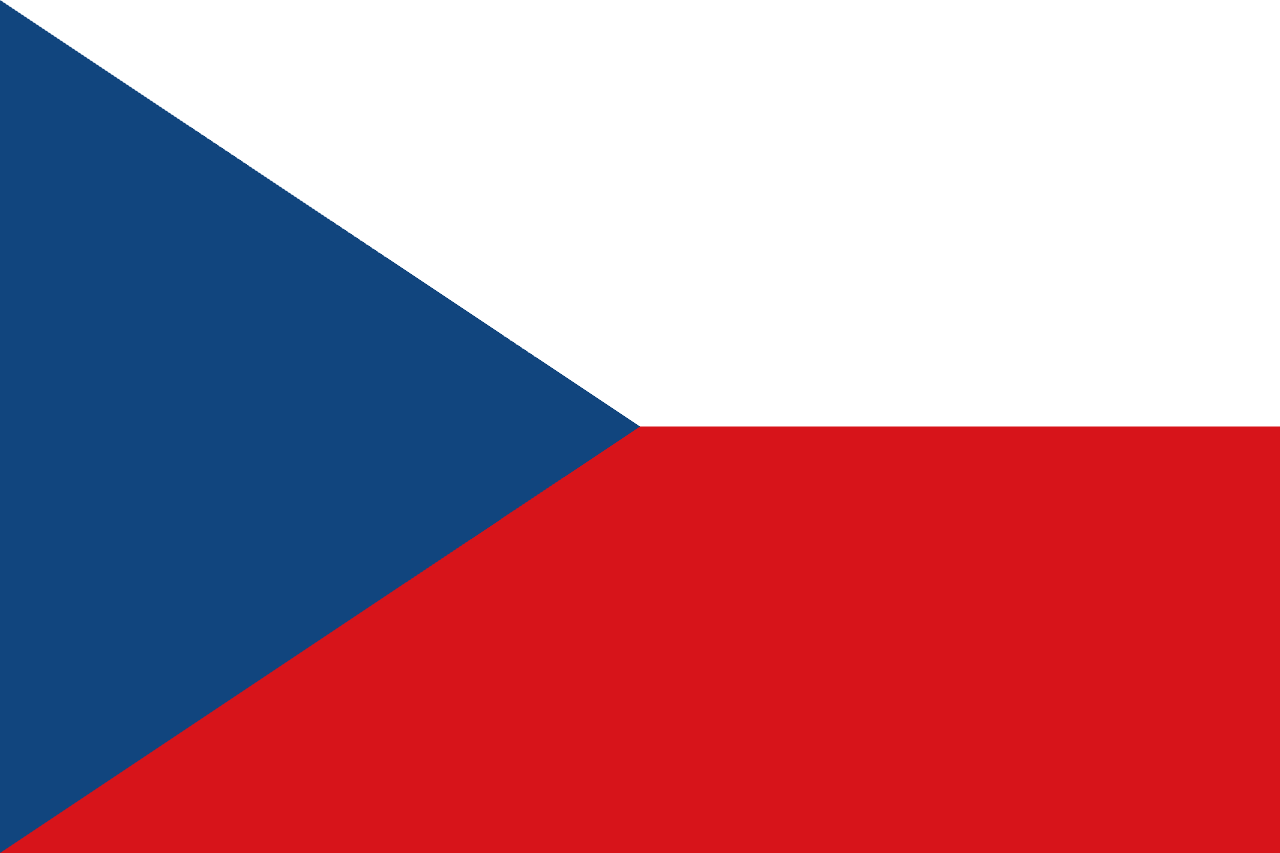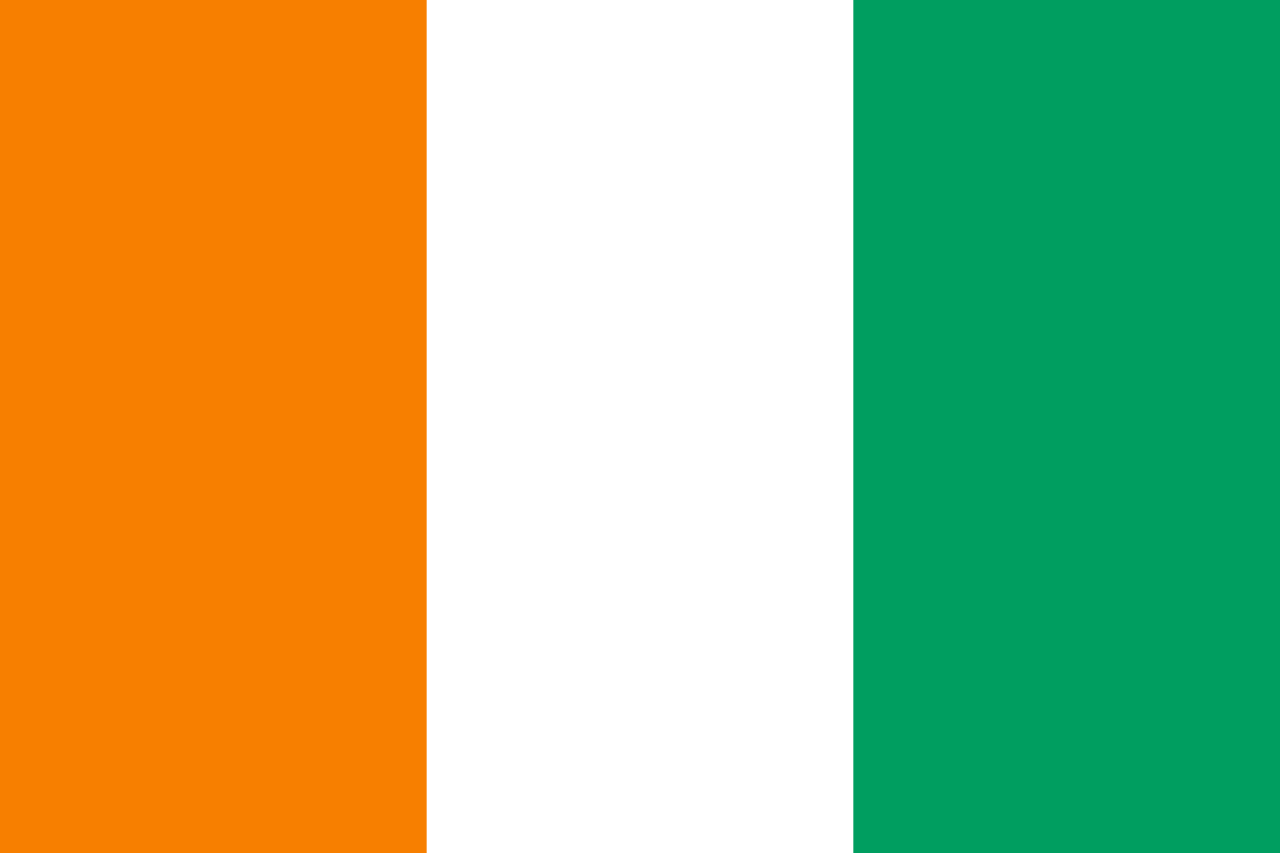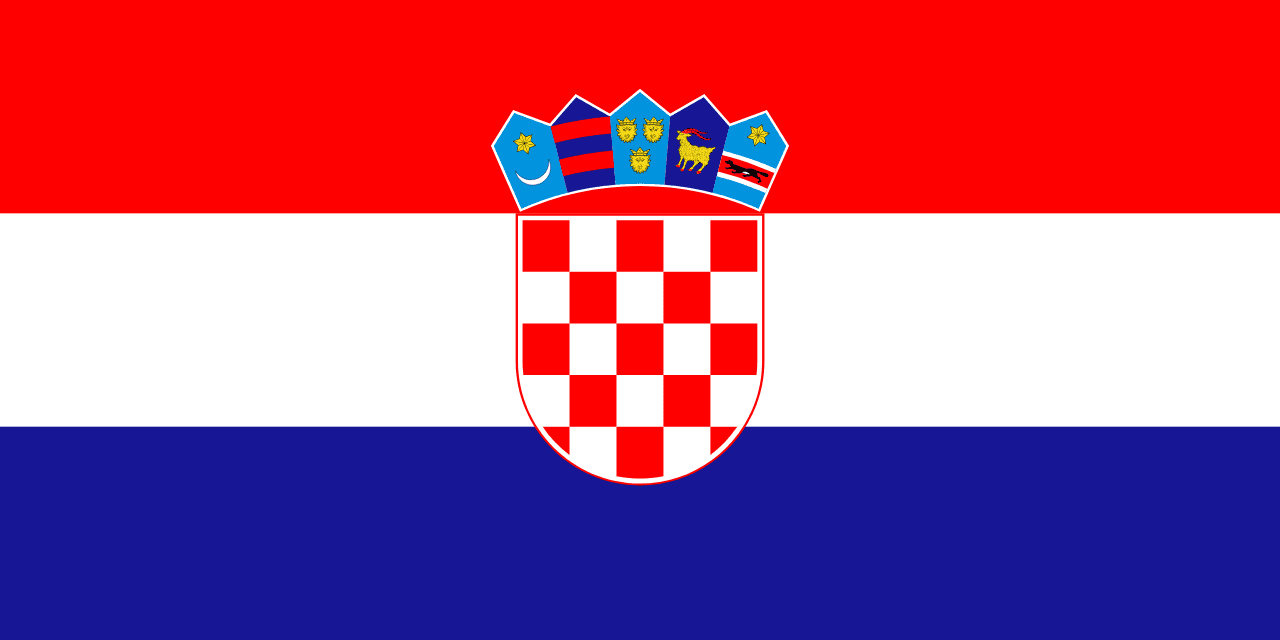The flag of Cuba consists of five alternating horizontal stripes of blue and white, with a red equilateral triangle at the hoist containing a white five-pointed star. This distinctive design, rich in symbolism and historical significance, has represented Cuba since its adoption on May 20, 1902, marking the birth of the Cuban Republic.
Cuba information
| National Flag Day | — |
| Sovereign state | Yes |
| Official name | Republic of Cuba |
| Capital | Havana |
| Population | 11,333,333 |
| Area | 109,884 km² |
| Currency | Cuban peso (CUP) |
| Language | Spanish |
| Continent | North America |
| Region | Caribbean |
| Subregion | Greater Antilles |
| Borders | United States, Haiti, Jamaica, Cayman Islands |
| Timezone | Cuba Standard Time (CST) UTC-5 |
| Calling code | +53 |
| Top-level domain | .cu |
History of the Cuban Flag
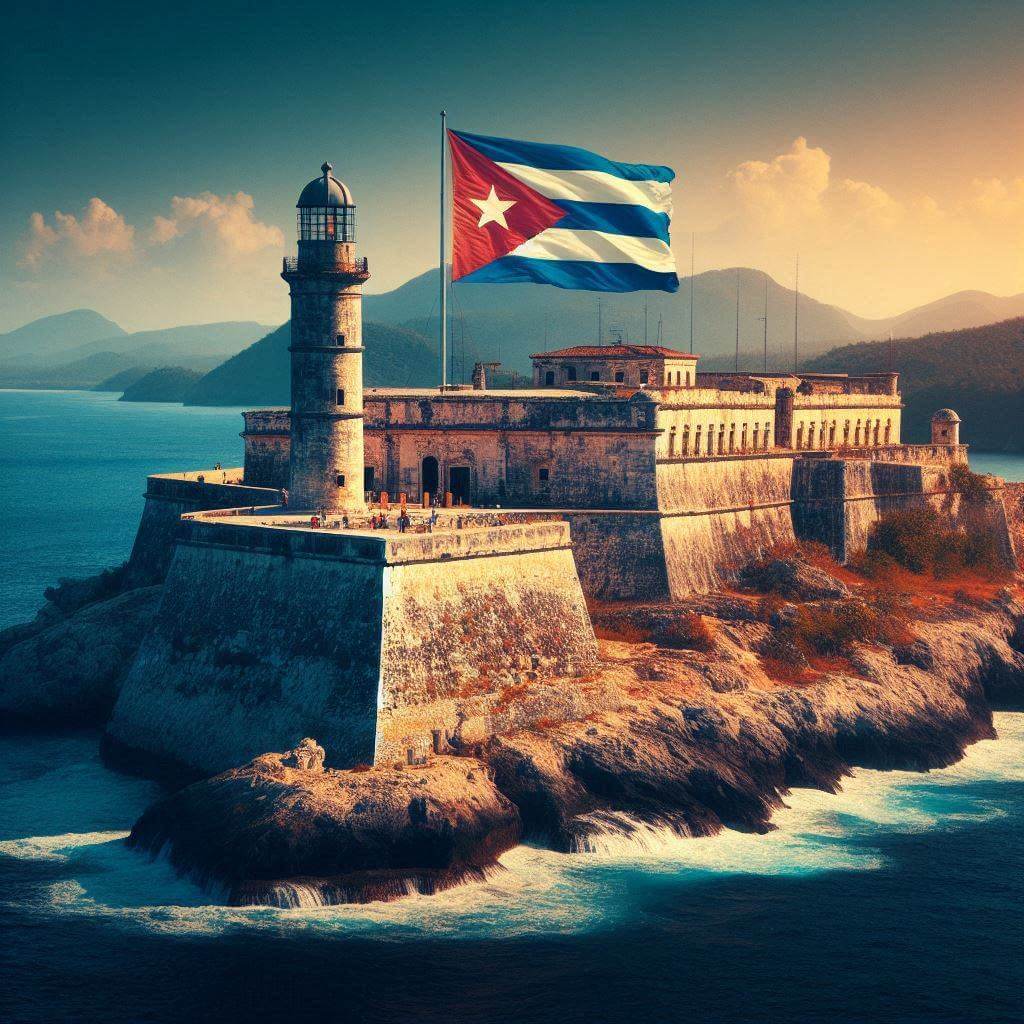 The Cuban flag's origins date back to 1849 when it was designed by Narciso López, a Venezuelan soldier who fought for Cuban independence. The flag was officially adopted in 1902 when Cuba gained independence from Spain. Its design was influenced by the flag of the United States, reflecting Cuba's historical ties with the U.S. and its aspirations for independence.
The Cuban flag's origins date back to 1849 when it was designed by Narciso López, a Venezuelan soldier who fought for Cuban independence. The flag was officially adopted in 1902 when Cuba gained independence from Spain. Its design was influenced by the flag of the United States, reflecting Cuba's historical ties with the U.S. and its aspirations for independence.
Symbolism and Design of the Cuban Flag
Each element of the Cuban flag carries deep symbolic meaning:
- The three blue stripes represent the three departments Cuba was divided into during the colonial period: Occidente, Centro, and Oriente.
- The two white stripes symbolize the purity and justice of the Cuban cause.
- The red equilateral triangle stands for equality, fraternity, and freedom, as well as the blood shed in the struggle for independence.
- The lone white star, known as "La Estrella Solitaria" (The Lone Star), represents an independent Cuba, standing strong and free among other nations.
Evolution of the Cuban Flag
The Cuban flag has undergone several changes throughout history:
- 1850: The flag was first raised in Cárdenas during an unsuccessful rebellion against Spanish rule.
- 1868-1878: During the Ten Years' War, a slightly different version of the flag was used by Cuban revolutionaries.
- 1895-1898: The flag became a potent symbol during the Cuban War of Independence.
- 1902-present: The current design was officially adopted upon Cuba's independence.
Usage and Significance of the Cuban Flag
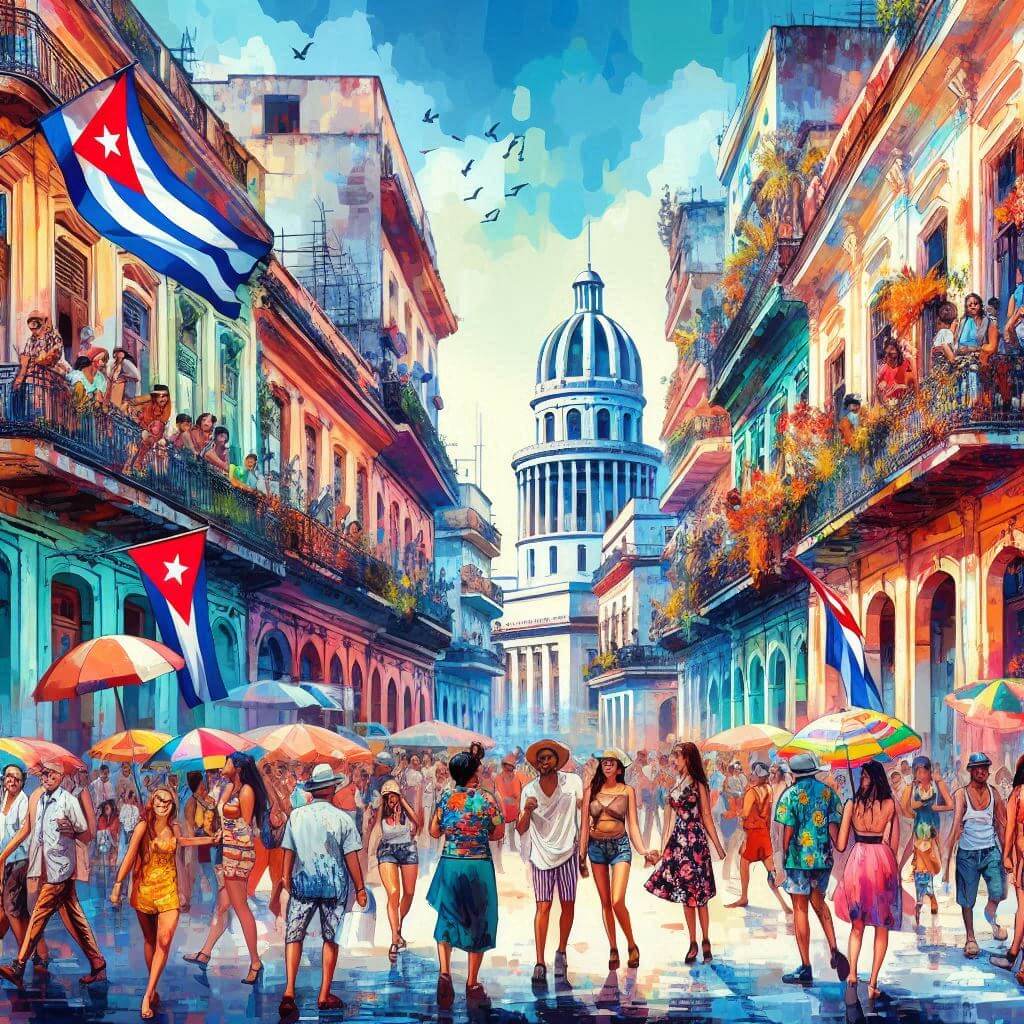 The Cuban flag is a powerful symbol of national identity and pride. It is prominently displayed during national holidays, such as Independence Day (October 10) and Revolution Day (July 26). The flag flies on government buildings, schools, and public spaces. It's also used in cultural events, sports competitions, and political rallies, serving as a unifying symbol for Cubans both on the island and abroad.
The Cuban flag is a powerful symbol of national identity and pride. It is prominently displayed during national holidays, such as Independence Day (October 10) and Revolution Day (July 26). The flag flies on government buildings, schools, and public spaces. It's also used in cultural events, sports competitions, and political rallies, serving as a unifying symbol for Cubans both on the island and abroad.
Interesting Facts About the Cuban Flag
- The Cuban flag is often referred to as "La Estrella Solitaria" (The Lone Star) due to the single star in its design.
- The flag's design has inspired similar flags in Puerto Rico and Chile, reflecting its influence in Latin American vexillology.
- During the Cuban Revolution led by Fidel Castro, the flag of the 26th of July Movement (black and red) was used alongside the national flag, symbolizing the revolutionary struggle.
- The exact shade of blue used in the Cuban flag has varied over time, with some versions using a lighter blue and others a darker shade.
- In Cuban-American communities, particularly in Miami, the flag is often displayed as a symbol of Cuban heritage and opposition to the current Cuban government.
